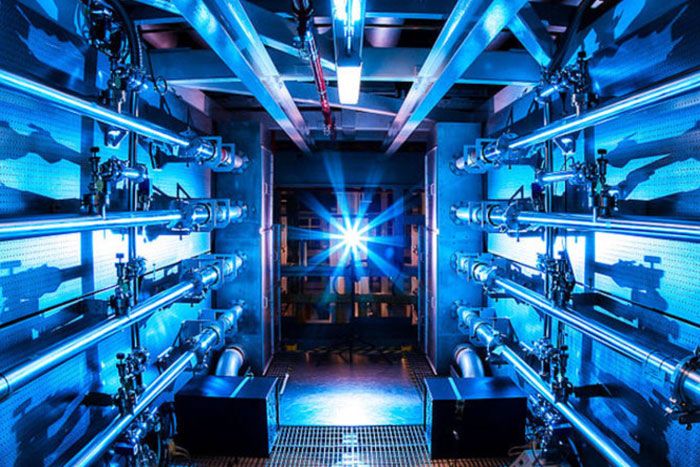Aug 19, 2015
Forget rockets: This ‘space elevator’ could launch you into orbit
Posted by Sean Brazell in category: space
A Canadian company has clinched a patent for a 12.4 mile-high “space elevator” that could launch astronauts and tourists into orbit.
The free-standing tower would essentially be inflated, supported by a series of gas-pressurized cells, and serve as a docking platform for space planes that could launch cargo, tourists and satellites directly into lower orbit.
Thoth Technology, the Ontario-based company behind the invention, told CNBC the elevator could transport 10 tons of cargo at approximately seven miles per hour, with passengers able to reach the top of the tower in about 60 minutes. Passengers could then board a space plane that could reach lower orbit without the need for costly a rocket launch.


















